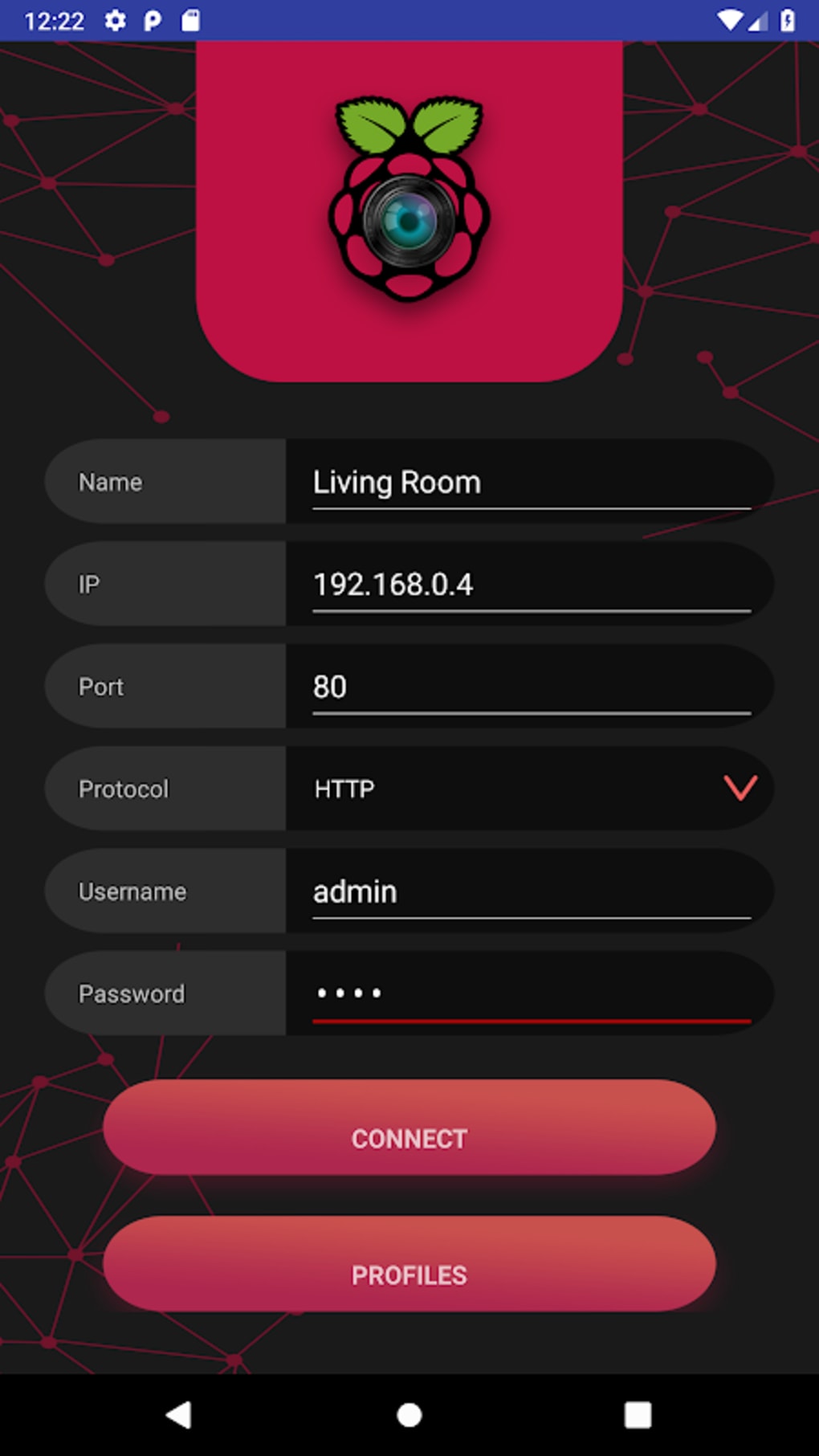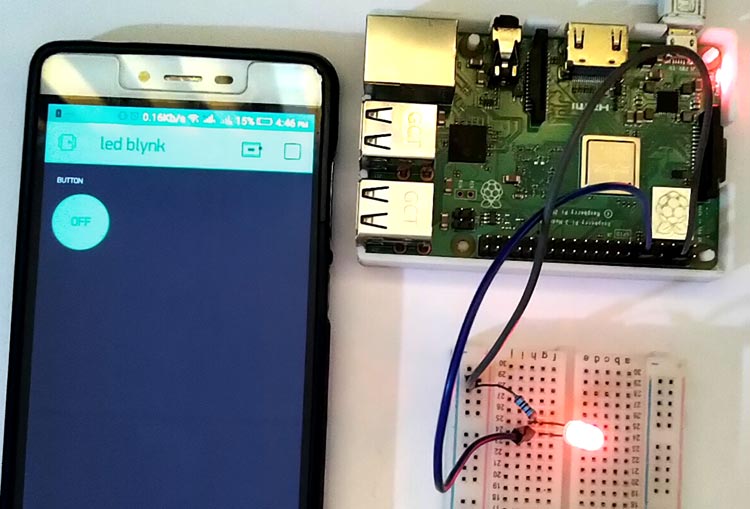Unlock Raspberry Pi Anywhere: Remote Access & Control Guide
Are you tired of network configurations hindering your access to your Raspberry Pi? Embrace the freedom of seamless, secure remote access to your Raspberry Pi from anywhere, as if it were right beside you.
The realm of Raspberry Pi and its applications in the Internet of Things (IoT) is expanding rapidly. For those venturing into this fascinating domain, this guide serves as a crucial resource for understanding and implementing remote access solutions, specifically focusing on the capabilities of the remoteiot app and related technologies. This is your gateway to mastering remote management of your Raspberry Pi devices, regardless of your technical background.
This guide delves into the core functionalities and considerations for securely accessing your Raspberry Pi. It emphasizes the importance of a secure connection and offers straightforward methods for establishing remote access using various tools and applications. Whether you are a seasoned developer, a curious hobbyist, or simply seeking to control your Raspberry Pi remotely, this article will equip you with the knowledge to effortlessly manage your device from any location. By avoiding complex network configurations and firewall alterations, this guide simplifies the process, ensuring a user-friendly and efficient experience.
Consider the scenario: you're working on a project requiring constant monitoring of sensor data from your Raspberry Pi. The device is located in a remote location, perhaps a different building, or even a different city. Without a reliable remote access solution, your project is stalled, or requires arduous, potentially insecure, and complex network setup. Using the methods and applications outlined in this guide, you can directly connect to your Raspberry Pi, whether it's behind a firewall, on a mobile network, or using a Starlink connection, all from the convenience of your web browser or mobile device.
The core of this approach rests on overcoming the conventional barriers of network configuration. Traditionally, accessing devices remotely often requires knowing the device's IP address, configuring port forwarding, and possibly modifying firewall settings all of which can be time-consuming, and expose your device to security risks. This guide highlights a revolutionary approach. It shows how to bypass these complexities, allowing you to effortlessly connect to your Raspberry Pi regardless of its network configuration. The goal is to empower you to easily send commands, manage files, and even execute batch jobs as if you were physically present. This is achieved through the utilization of secure, user-friendly tools, offering a streamlined experience that caters to all levels of technical expertise.
The Raspberry Pi Foundation recently unveiled an innovative solution designed to simplify remote access, especially in light of the advancements in Raspberry Pi OS Bookworm and the shift to Wayland. This shift is a significant move in computing, and one that has necessitated that the use of older remote access tools be revisited. You will have an edge with this new solution. This ensures that you remain current with the latest advancements and are able to leverage the full capabilities of your Raspberry Pi without the hurdles of outdated software.
The guide also mentions the Raspcontroller application. This is an essential tool for those looking to remotely manage their Raspberry Pi. It offers a suite of features that allow you to easily manage files, control the GPIO ports, and send commands directly through the terminal. You can also use it to view images from a connected camera and obtain data from different sensors. These are the core functionality of Raspcontroller.
For those looking to connect, it's important to remember that before initiating the remote access process, ensure your Raspberry Pi is running the latest version of Raspberry Pi OS, (formerly Raspbian) and with SSH enabled during initial setup. This initial step sets the foundation for successful remote access. From there, you can explore various remote access methods, including utilizing SSH, remote desktop applications like VNC, and web interfaces. This guide provides a holistic view of all viable options, offering a well-rounded approach to remote control of your Raspberry Pi.
Moreover, for those who value convenience, the guide outlines ways to use your iPhone, iPad, or iPod touch as a wireless keyboard and trackpad for your Raspberry Pi. This universal application allows you to send keystrokes and mouse events to your Raspberry Pi computers over TCP/IP via a wired or wireless network, enhancing user experience, allowing you to optimize how you interact with your device. This is a powerful option for those seeking to enhance their Raspberry Pi experience. This is a convenient, intuitive solution for interacting with your device.
Ready to get started? Here's a breakdown of tools, actions, and crucial knowledge to get you connected to a Raspberry Pi or other Linux devices with minimal fuss.
This method has a significant advantage: The convenience it provides. Directly connecting to your Raspberry Pi from anywhere, as if it were on your local network, eliminates the need to discover your device's IP address or make any changes to your firewall settings. It works seamlessly over various connection types, including Starlink, mobile networks, and CGNAT connections.
| Feature | Description | Benefits |
|---|---|---|
| Direct Connection | Establish a secure connection to your Raspberry Pi as if it were on your local network. | Eliminates the need to discover IP addresses or change firewall settings. |
| Web Portal Control | Send commands and batch jobs to your Raspberry Pi through a web portal. | Streamlines remote management and task execution. |
| Firewall Agnostic | Bypasses the need for firewall adjustments. | Simplifies setup and enhances security. |
| Secure Access | Employs a secure remote access solution for Raspberry Pi OS. | Protects your data and device from unauthorized access. |
| Browser-Based Access | Connect to your Raspberry Pi desktop and command line directly from any browser. | Provides flexibility and ease of use. |
| Raspcontroller Application | Offers remote management capabilities. | Allows file management, GPIO control, terminal command execution, and sensor data access. |
| Network Compatibility | Works over Starlink, mobile, and CGNAT connections. | Ensures accessibility in various network environments. |
| Remoteit Agent | Utilizes remoteit agent. | Provides streamlined access. |
| Raspberry Pi OS Compatibility | Optimized for use with Raspberry Pi OS (formerly Raspbian). | Ensures compatibility and ease of integration. |
| Mobile Control | Enables control of your Raspberry Pi from your phone. | Adds flexibility and convenience to remote management. |
| Xrdp Installation | Supports the installation of Xrdp on Raspberry Pi OS. | Facilitates remote desktop access. |
| Multi-Platform Support | Offers download links and instructions for remote.it products for various operating systems. | Supports diverse user preferences and device requirements. |
| Concise Guide | Provides a streamlined approach for setup, programming, and easy access. | Simplifies the process for users of all levels. |
| Wireless Keyboard/Trackpad | Enables the use of iPhones, iPads, or iPod touches as wireless input devices. | Enhances interaction and control. |
If you are looking to make the best out of your Raspberry Pi. Tools like Remote Pi, designed to improve the remote access experience, offer an ideal solution.
Two versions of the remoteit agent are available, providing flexibility based on your needs. The device package is particularly suitable for embedded devices and headless installations on Linux. Choosing the right agent ensures optimal compatibility and performance. This ensures you can tailor your setup to your specific requirements, optimizing the overall experience.
To get started, you will need to ensure you have a few things taken care of, like the latest version of Raspberry Pi OS, and that SSH is enabled during the initial setup. Then, you can follow a step-by-step guide to achieve the remote access capabilities discussed. This is an easy way to ensure everything functions the way you need it to.
For those who prefer a more hands-on approach, video lessons and community resources are available, including tutorials and detailed guides. This supplementary content, like video lessons, provides step-by-step instructions and practical demonstrations, allowing you to visually follow the process and gain a deeper understanding of each step.
Download links and instructions for remote.it products are provided, covering Windows, Mac, and Linux, along with device packages for Raspberry Pi, NAS, cameras, and other devices. This comprehensive selection of resources enables you to install the right tools and software on your system. This provides everything necessary to get started. It covers a range of devices.
Whether you're a hobbyist, developer, or just exploring IoT, this guide is a great starting point for understanding the Raspberry Pi remoteiot app. This article is a gateway to managing your device, it's a must read.

Raspberry Pi Remote Monitor APK for Android Download

Raspberry Pi Remote Access Windows

Raspberry Pi Remote Control App Raspberry